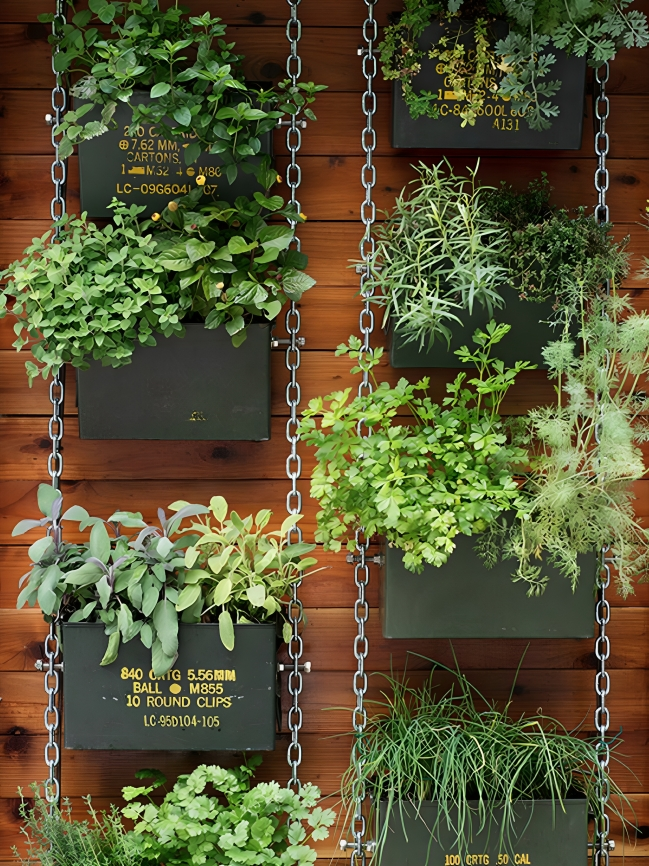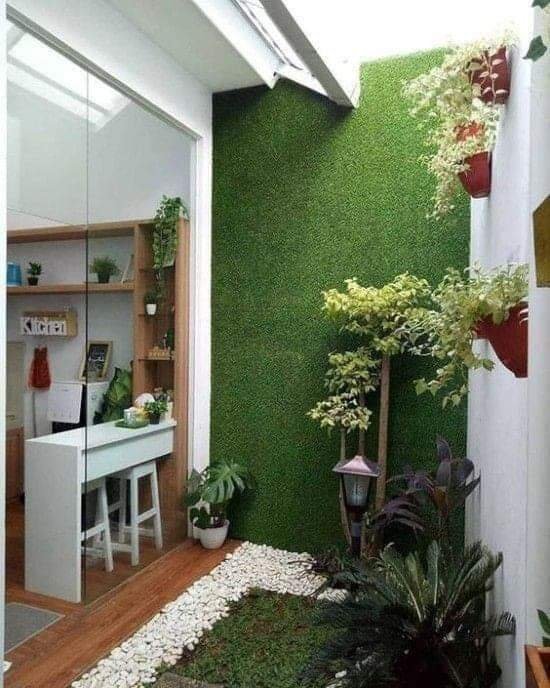Choosing The Right Outdoor Plants For Your Garden
Creating a thriving and aesthetically pleasing garden starts with selecting the right outdoor plants. Whether you’re a seasoned gardener or just beginning to cultivate your green space, understanding the key factors in choosing plants is essential. This comprehensive guide will walk you through the considerations, from climate and soil to maintenance and visual appeal, ensuring you make informed choices for a garden that flourishes throughout the seasons.
Climate and Hardiness Zones
Know Your Hardiness Zone:
Before selecting any outdoor plants, identify your hardiness zone. The USDA Hardiness Zone Map aids in your plant selection process by classifying locations according to typical annual minimum winter temperatures.
Select Climate-Adapted Plants:
Select plants that are appropriate for the local climate. Native plants or those adapted to your region’s specific weather patterns are more likely to thrive, requiring less maintenance and offering better resilience against pests and diseases.
Sunlight Requirements
Assess Sun Exposure:
Evaluate the sunlight conditions in your garden. Different plants have varying sunlight requirements, ranging from full sun to partial shade or full shade. Ensure that the plants you choose match the sunlight levels in their intended locations.
Choose Sun-Loving or Shade-Tolerant Varieties:
Based on your garden’s sun exposure, select plants that thrive in those conditions. Sun-loving plants like roses, lavender, and tomatoes require ample sunlight, while shade-tolerant options such as hostas and ferns are better suited for areas with limited sun.
Soil Type and pH
Understand Your Soil Composition:
Conduct a soil test to determine your garden’s soil type and pH level. This information is crucial for selecting plants that can adapt to your soil’s characteristics.
Match Plants to Soil Conditions:
Different plants have specific soil preferences. Some thrive in well-draining sandy soil, while others prefer rich loam or heavy clay. Additionally, certain plants, like azaleas and blueberries, thrive in acidic soils, while others, such as lilacs, prefer alkaline conditions.
Watering Needs
Consider Water Availability:
Be mindful of the water availability in your area. Some plants, like succulents and lavender, are drought-tolerant and require minimal watering, making them ideal for arid regions. Others, like hydrangeas and ferns, prefer consistently moist soil.
Efficient Watering Practices:
Group plants with similar water needs together to streamline your watering routine. Implementing mulching around plants helps retain soil moisture and reduces the frequency of watering.
Growth Habit and Size
Plan for Mature Size:
Consider the mature size of the plants you choose. Understanding how tall and wide a plant will grow helps you plan the layout of your garden, preventing overcrowding and ensuring each plant has adequate space to flourish.
Choose Complementary Growth Habits:
Create visual interest by selecting plants with varying growth habits. Combine tall, upright plants with mounding or trailing varieties to add texture and dimension to your garden.
Seasonal Interest
Year-Round Appeal:
Aim to create a garden that will look good all year round. Choose a mix of plants with different bloom times, foliage colors, and textures to ensure your garden remains vibrant from spring through winter.
Evergreen and Deciduous Varieties:
Integrate both evergreen and deciduous plants into your garden. Evergreens maintain their foliage year-round, providing structure and color during winter, while deciduous plants offer seasonal changes and blooms.
Maintenance Requirements
Consider Maintenance Time and Effort:
Regarding the amount of time and energy you can commit to garden maintenance, be practical. Low-maintenance plants, such as daylilies and sedums, are excellent choices for those with limited time, while more intricate gardens may require additional care.
Balance Aesthetics and Practicality:
Strive for a balance between aesthetics and practicality. While showy flowers and vibrant colors are appealing, ensure that the chosen plants align with your ability to maintain them and meet the needs of your lifestyle.
Choosing the right outdoor plants for your garden is a thoughtful and strategic process that involves considering various factors. By understanding your climate, sunlight conditions, soil type, and the specific needs of each plant, you can create a garden that not only survives but thrives. Whether you aim for a low-maintenance landscape or a lush, vibrant oasis, thoughtful plant selection is the key to a successful and enjoyable garden. As you embark on your gardening journey, let these considerations guide you toward a green haven that reflects your style and brings joy throughout the seasons.






